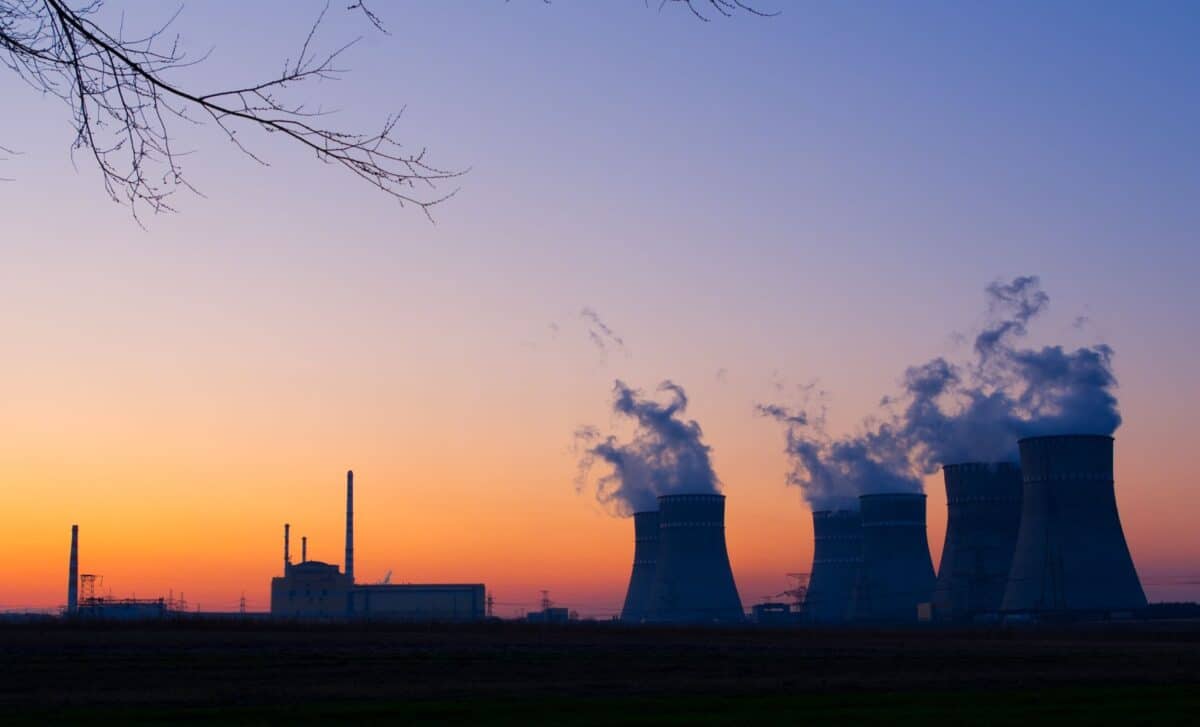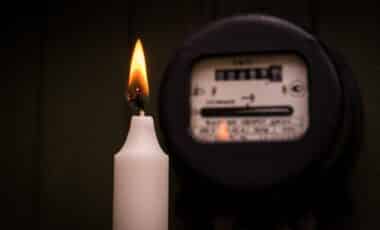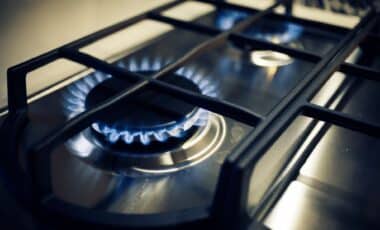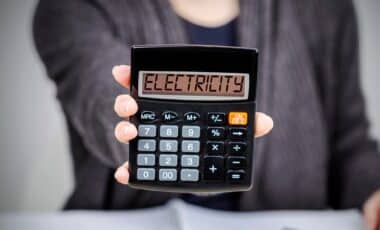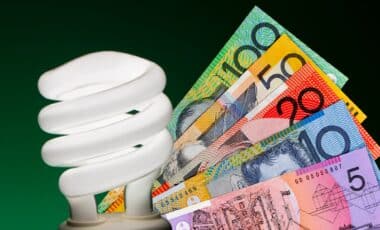Energy analysts challenge Peter Dutton’s claim that his nuclear strategy will cut electricity costs, citing high infrastructure expenses and reliance on costly fossil fuels. Critics argue that delaying renewables in favour of nuclear power could lead to long-term price hikes rather than relief for Australian households.
Under his nuclear energy plan, Australia’s opposition leader Peter Dutton has pledged that a 44% cost reduction would result in cheaper electricity rates for households. Experts have vehemently disagreed with this assertion, claiming that the high expense of nuclear infrastructure and the ongoing reliance on coal and gas could actually raise prices.
The Coalition’s strategy calls for investing in nuclear power stations, which it says might be operational by 2037, and postponing the growth of renewable energy. A more realistic timeline, according to energy researchers like CSIRO, would be the 2040s. Australia would continue to rely on fossil fuels, which many experts caution may not be financially viable in the long run.
High nuclear costs could outweigh potential savings
Despite Dutton’s assertion that nuclear power will bring significant savings, modelling from CSIRO indicates that nuclear-generated electricity is at least 50% more expensive than renewable alternatives such as solar and wind.
Danny Price, managing director of Frontier Economics, acknowledged that while Dutton’s figures might reflect lower energy costs in isolation, they do not account for the full structure of household electricity bills. According to Dr Dylan McConnell, an energy systems expert at the University of New South Wales, only 45% of a household bill relates to wholesale energy costs, with the remainder covering transmission, retail, and environmental charges. This means that even if a nuclear-led system lowered some costs, broader market complexities would limit direct savings for consumers.
Furthermore, critics argue that the Coalition has underestimated nuclear construction costs. Their proposed $1 billion per gigawatt estimate has been labelled unrealistically low, with industry analysis suggesting costs could be double or more. If true, this would push up wholesale electricity prices and increase household bills rather than reduce them.
Dependence on gas and coal could drive up prices
While waiting for nuclear infrastructure to be developed, the Coalition’s plan would rely on coal and gas, both of which have experienced significant price fluctuations. Data from CSIRO confirms that gas-generated electricity is more expensive than coal, solar, or wind, making it an unlikely candidate for cost reduction.
Tristan Edis, an analyst at Green Energy Markets, highlighted that gas prices tripled under the previous Coalition government and argued that continuing to depend on these fuels would likely raise prices rather than lower them. With banks hesitant to fund refurbishments of ageing coal plants, reliance on fossil fuels could result in higher costs for consumers rather than long-term relief.
While Dutton maintains that his approach would lead to cheaper electricity, many energy experts believe that the strategy carries significant financial risks. If nuclear power proves as costly as predicted and fossil fuel dependence continues to drive up prices, Australian households could face higher, rather than lower, electricity bills in the coming decades.

